#Bronze age
Explore tagged Tumblr posts
Text

ritual basin | c. 1100 BCE | china, shang dynasty
in the indianapolis museum of art at newfields collection
27 notes
·
View notes
Text
THE COMPLETE BATMAN BY DENNIS O'NEIL - READING ORDER
The list won't mention whether it's "a, b, c" story most of the time. Open the issues or check them on the wiki or locg to see what O'Neil wrote on them. Some issues will have a note on whether it's an a or b story.
The order here is based on release order from comiccollectorlive and counts on possible slight chronological adjustments from dcuguide.
Also, I haven't read all of it. This is kinda just me sharing what I organized for myself.
Make sure you really are reading only, and all, O'Neil stories from each of the issues. To a lot of people I believe it wouldn't matter, but to me, and some other people like me, I believe this is really important.
And please, notify me if there's anything wrong in the order, missing issues or issues that shouldn't be here.
PRE-CRISIS



Detective Comics #395, 397, 399
Batman #224-225
Detective Comics #404-405
The Brave and the Bold #93
Batman #227
Detective Comics #406, 410
RA'S AL GHUL SAGA
Sure, some issues here aren't part of it but this is just for the sake of separating a section. I read it in this order
Detective Comics #411
World's Finest Comics #202
Batman #232, 234
Detective Comics #414
Batman #235, 237
Detective Comics #418-419
Batman #239-240
Detective Comics #422
Batman #241
World's Finest Comics #211
Batman #242
Detective Comics #425
Batman #243-244
Batman #245
Detective Comics #431
Batman #247-248, 251, 253, 256-264, 266
Detective Comics #451
Batman #268
Detective Comics #457
Batman #286
DC Special Series #15(b and c stories)
The Batman Family #18-19
Batman #303
Detective Comics #480-483
World's Finest Comics #256(a story)
Detective Comics #484
World's Finest Comics #257(a story)
Detective Comics #485
World's Finest Comics #258(a story)
Detective Comics #486
World's Finest Comics #259(a story)
Detective Comics #487
World's Finest Comics #260(a story)
The Brave and the Bold #159
Batman #320
Detective Comics #488
World's Finest Comics #261(a story)
DC Special Series #21(b story)
Detective Comics #489
World's Finest Comics #262(a story)
Detective Comics #490-491
World's Finest Comics #263-264(a stories)
POST-CRISIS



FABLES
Detective Comics Annual #1
Green Arrow Annual #1
The Question Annual #1
SHAMAN
Batman: Legends of the Dark Knight #1-5
Secret Origins #50(a story)
Secret Origins of the World's Greatest Super Heroes #1(a story)
Batman: Legends of the Dark Knight Annual #1
PRE-KNIGHTFALL:
Venom and Sword of Azrael, specifically.
Venom
Batman: Legends of the Dark Knight #16-20
Batman/Green Arrow: The Poison Tomorrow
Batman: Birth of the Demon
Batman: Legends of the Dark Knight Annual #2
Batman: Legends of the Dark Knight #27
Part of the storyline The Destroyer
Part 1: Batman #474
Part 2: Legends #27
Part 3: Detective #641
Batman: Sword of Azrael #1-4
Batman: Legends of the Dark Knight #50
KNIGHTFALL
O'Neil stories from Knightfall. The first two are their own mini arcs. The last one is the end of KnightsEnd. After that, In Knightfall there's only the aftermaths like Prodigal.
Justice League: Task Force #5-6
Batman: Legends of the Dark Knight #59-61
Batman: Legends of the Dark Knight #63
Batman/Punisher: Lake of Fire
Batman: Death of Innocents
POST-KNIGHTFALL
CONTAGION
Azrael issues from the event.
Azrael #15-16
Batman Black and White (1996) #3(e), 4(d)
Batman Chronicles #6(c)
Detention Comics #1(a, Robin story)
Batman/Aliens #1
Batman: Legends of the Dark Knight #100(a)
NO MAN'S LAND
Azrael issue from the event
Azrael #48-61
Batman Chronicles #16(c)
Batman: No Man's Land: Secret Files and Origins #1
Profile pages:



BRUCE WAYNE: FUGITIVE
Azrael issues from the event
Azrael: Agent of the Bat #91-92
THE ARROW AND THE BAT
More of a Green Arrow story. It's a sequel to Peacemakers(Legends of the DC Universe #7-9)
Batman: Legends of the Dark Knight #127-131
LAST DAYS OF GOTHAM
2 part story by O'Neil
Batman #684
Detective Comics #851
Detective Comics #866
DC Holiday Special 2017 #1(b)
Detective Comics (1937) #1000(d)
THE OFFICIAL COMIC ADAPTATIONS
Batman: The Official Comic Adaptation
Batman Returns: The Official Comic Adaptation
Batman Forever: The Official Comic Adaptation
Batman and Robin: The Official Comic Adaptation
BATFAMILY, BATMAN MYTHOS, non-Batman family from 'Tec, and others:
BATGIRL
Detective Comics #400-401
DC Comics Presents #19
ROBINS
Nightwing(1995)
^before Azrael #13, chronologically
Detention Comics #1(a)
^Tim Drake story
Batman: Gordon of Gotham
Year One-type story
JOKER
The Joker #1–3, 6
The Joker 80th Anniversary 100-Page Super Spectacular #1(d)
AZRAEL
Release order.
Sword of Azrael
Azrael #1-9
Azrael Annual #1
Azrael #10-20
Azrael Annual #2
Azrael 21-24
Azrael Plus
Azrael #25
Azrael/Ash
Azrael #26-33
Azrael Annual #3
Azrael #34-46
Azrael One Million
Azrael #47-100
OTHER:
Superman & Batman Magazine #4 Karate Kids! Martial artists I don't know about this one, not even a comic story... I'l leave it here anyway
NON-BATFAMILY:
They are from 'Tec backups, so I don't know, felt like leaving here, at least helps understanding O'Neil didn't write Batman stories in these issues.
Tim Trench by Dennis O'Neil: Detective Comics #460-461
Elongated Man by Dennis O'Neil: Detective Comics #462
#Batman#DC#DC Comics#Dennis O'Neil#Neal Adam#Talia Al Ghul#Ra's Al Ghul#Bruce Wayne#Detective Comics#Reading Order#Reading list#Bronze Age#Copper Age#Plastic Age#Azrael#Jean-Paul Valley#Nightwing#Batgirl
26 notes
·
View notes
Text

Sumerian/Mesopotamian Amulet Seal in the Form of a Bull, c. 3250 BCE.
#history#archaelogy#artifacts#art history#old art#art#statue#ancient history#bronze age#iron age#neolithic#mesopotamia#sumerian#iraqi#historical#cute#ancient civilizations
13K notes
·
View notes
Text

mycenaean miku
she was there singing on the beaches of llion. homer copied the catalogue of ships from her.
#hatsune miku#tagamemnon#my art#based on several frescoes including my FAVORITE goddess wearing boar's tusk helmet with baby griffon#miku worldwide#artwork#ancient greece#bronze age#the iliad#artists on tumblr#putting my classics degrees to work#she doesnt have six fingers on her left hand that is her thumb the mycenaeans also struggled with hands and I kept that#ISAAC REQUESTED THIS AND I HAD TO
11K notes
·
View notes
Text
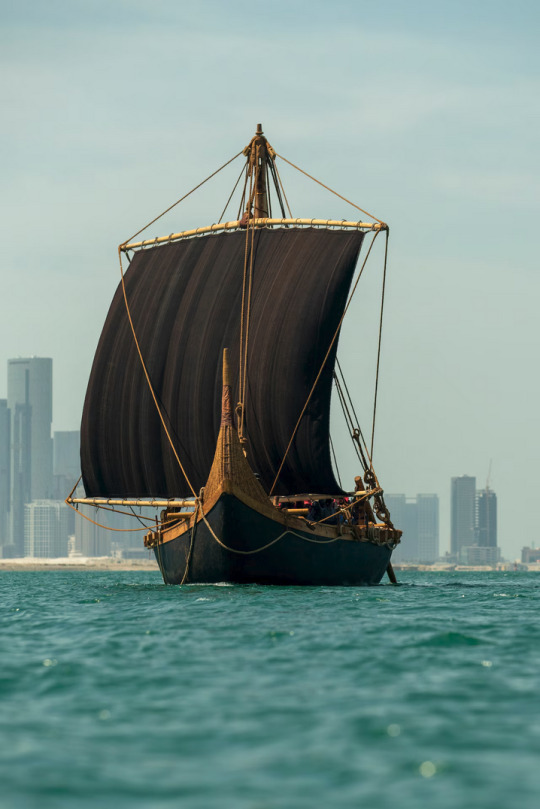
For the first time in millennia, a Magan Boat sails off the coast of Abu Dhabi. It’s a reconstruction that has taught the world much about the skill and achievements of Bronze Age sailors
Archaeology on Marawah Island, west of Abu Dhabi, has revealed that 8,000 years ago the Arabian coast was home to a sophisticated seafaring people. They built stone structures, herded livestock, fished and dived for pearls, crafted jewelry, and developed a talent for sailing that started a remarkable cultural exchange.
By the Bronze Age, around 4,500 years ago, the region was prominent enough to have a name in ancient writings: Magan. From the island of Umm an-Nar, in modern Abu Dhabi which was part of ancient Magan, merchants sailed an international trade route that connected Mesopotamia, in what is now Iraq, to the Indus Valley in today’s India and Pakistan. Magan traded locally sourced pearls, stone and copper, one of the most sought-after commodities of the time, for ceramics, fabrics, jewelry, and other precious objects. Its ships were renowned through the Arabian Gulf.
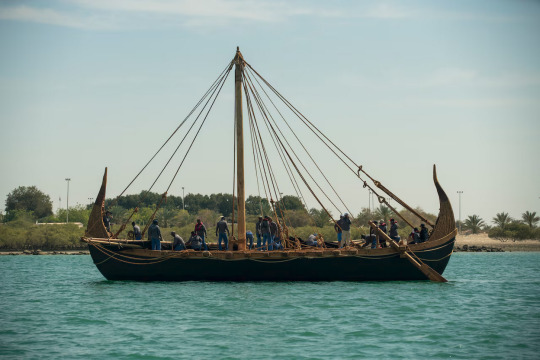
The ship was built using 15 tons of locally sourced reeds that were painstakingly prepared by being soaked, stripped of leaves, crushed, and then tied into bundles using rope made from date palm fibers. These formed the hull, to which was attached a wooden frame. The boat’s dimensions were calculated based on what is known about similar vessels as well as hydrostatic analysis of what was needed to make it float. The reed hull was then waterproofed with a coating of bitumen, which was traded from Iraq. The heavy sail, raised purely by muscle without the benefit of pulleys, was crafted of goat’s hair in a patchwork of shades.
The result was the world’s largest ever reconstructed Bronze Age vessel: 60 feet long, capable of carrying 36 tons of cargo, and achieving surprisingly high speeds of 5.6 knots.
#naval history#naval artifacts#archaeology#magan boat#around 2350 BC#bronze age#replica#ancient seafaring
3K notes
·
View notes
Text

they lived, they served cunt, and then disappeared from history
#minoan#minoan civilization#pre-greek civilization#greek#memes#meme#classic memes#history#ancient greece#shitpost#mycenean#mycenean civilization#homer#the illiad#the odyssey#bronze age#ancient history#ancient world
1K notes
·
View notes
Text
WOW.
Scientists found an amazingly well-preserved village from 3,000 years ago
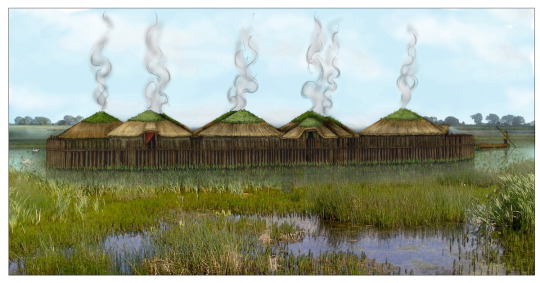
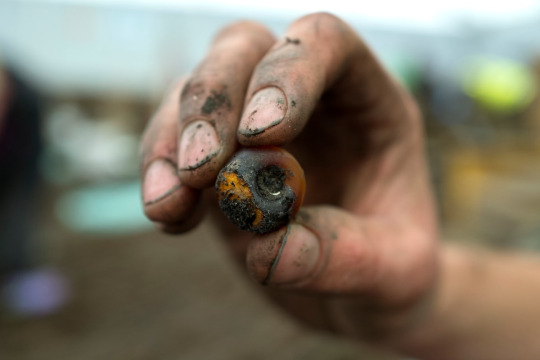
Text below, in case article access dries up:
LONDON — A half-eaten bowl of porridge complete with wooden spoon, communal rubbish bins, and a decorative necklace made with amber and glass beads are just a handful of the extraordinarily well-preserved remnants of a late Bronze Age hamlet unearthed in eastern England that’s been dubbed “Britain’s Pompeii” and a “time capsule” into village life almost 3,000 years ago.
The findings from the site, excavated in 2015 to 2016, are now the subject of two reports, complete with previously unseen photos, published this week by University of Cambridge archaeologists, who said they cast light onto the “cosy domesticity” of ancient settlement life.
“It might be the best prehistoric settlement that we’ve found in Britain,” Mark Knight, the excavation director and a co-author of the reports, said in an interviewThursday. “We took the roofs off and inside was pretty much the contents,” he said. “It’s so comprehensive and so coherent.”
The reason for the rare preservation: disaster.
The settlement, thought to have originally consisted of several large roundhouses made of wood and constructed on stilts above a slow-moving river, was engulfed by a fire less than a year after being built.
During the blaze, the buildings and much of their contents collapsed into a muddy river below that “cushioned the scorched remains where they fell,” the university said of the findings. This combination of charring from the fire and waterlogging led to “exceptional preservation,” the researchers found.
“Because of the nature of the settlement, that it was burned down and its abandonment unplanned, everything was captured,” Knight added.
“As we excavated it, there was that feeling that we were picking over someone else’s tragedy,” he said of the eerie site in the swampy fenland of East Anglia. “I don’t think we could smell the fire but the amount of ash around us — it felt close.”
Researchers said they eventually unearthed four large wooden roundhouses and an entranceway structure, but the original settlement was probably “twice as big.”
The site at Must Farm dates to about 850 B.C., eight centuries before Romans came to Britain. Archaeologists have been shocked at “just how clear the picture is” of late Bronze Age life based on the level of detail uncovered, Knight said.
The findings also showed that the communities lived “a way of life that was more sophisticated than we could have imagined,” Duncan Wilson, head of Historic England, the public body responsible for preserving England’s historic environment, said in a statement.
The findings unearthed include a stack of spears, possibly for hunting or defense; a decorative necklace “with beads from as far away as Denmark and Iran”; clothes of fine flax linen; and a female adult skull rendered smooth, “perhaps a memento of a lost loved one,” the research found.
The inhabitants’ diet was also rich and varied, including boar, pike and bream, along with wheat and barley.
A pottery bowl with the finger marks of its maker in the clay was also unearthed, researchers said, still containing its final meal — “a wheat-grain porridge mixed with animal fats” — with a wooden spatula resting inside the bowl.
“It appears the occupants saved their meat juices to use as toppings for porridge,” project archaeologist Chris Wakefield said in the university’s news release. “Chemical analyses of the bowls and jars showed traces of honey along with ruminant meats such as deer, suggesting these ingredients were combined to create a form of prehistoric honey-glazed venison,” he added.
Skulls of dogs — probably kept as pets and to help with hunting — were also uncovered, and the dogs’ fossilized feces showed they fed on scraps from their owners’ meals, the research found.
The buildings, some connected by walkways, may have had up to 60 people living there all together, Knight said, along with animals.
Although no intact sets of human remains were found at the site, indicating that the inhabitants probably fled the fire safely, several sheep bones were found burned indoors. “Skeletal remains showed the lambs were three to six months old, suggesting the settlement was destroyed sometime in late summer or early autumn,” according to the university’s news release.
Ceramic and wooden vessels including tiny cups, bowls and large storage jars were also found. Some pots were even designed to nest, stacked inside one another, Knight said — evidence of an interest in aesthetics as well as practicality.
A lot of similar items were found replicated in each home, Knight added, painting the picture of completely independent homesteads for each family unit rather than distinct buildings for shared tasks — much like we live today.
Household inventories often included metal tools, loom weights, sickles for crop harvesting, axes and even handheld razors for cutting hair.
The roundhouses — one of which had almost 50 square meters (nearly 540 square feet) of floor space — had hearths and insulated straw and clay roofs. Some featured activity zones for cooking, sleeping and working akin to modern-day rooms.
The Must Farm settlement has produced the largest collection of everyday Bronze Age artifacts ever discovered in the United Kingdom, according to Historic England, which partly funded the 1.1 million pound ($1.4 million) excavation project.
The public body labeled the site a “time capsule,” including almost 200 wooden artifacts, over 150 fiber and textile items, 128 pottery vessels and more than 90 pieces of metalwork. Some items will go on display at the nearby Peterborough Museum next month.
Archaeologists never found a “smoking gun” cause for the fire, Knight said. Instead, they suspect it was either an attack from “outside forces,” which may explain why the inhabitants never returned to collect their possessions from the debris, or an accidental blaze that spread rapidly across the tightly nestled homes.
“Probably all that was left was the people and what they were wearing; everything else was left behind,” Knight said of the fire.
But the preservation has left a window for people to look back through in the future. “You could almost see and smell their world,” he said.
“The only thing that was missing was the inhabitants,” Knight added. “And yet … I think they were there — you certainly got glimpses.”
4K notes
·
View notes
Text



EVERYBODY WANTS TO BE A CAT!!
THE ARISTOCATS (1970)
#the aristocats#70sedit#1970#animationedit#disneyedit#filmedit#aristocatsedit#thearistocatsedit#shaking gif#disneydaily#disneyfeverdaily#filmtvcentral#classicfilmblr#*#gifs#film#animation#bronze age#kenn#filmgifs
1K notes
·
View notes
Text

bronze zun (wine vessel) in the shape of a wild boar | c. 1600 - 1050 BCE | shang dynasty, china, hunan province
in the hunan museum collection
45 notes
·
View notes
Text



My most recent make is this ancient Minoan ensemble! It consists of a tunic (heanos) worn under a flounced wraparound skirt shaped like a double-bladed axe (labrys). Despite how heavy the linen skirt is, the entire outfit is surprisingly easy to move around in. I even waded into the river to rescue a bee!
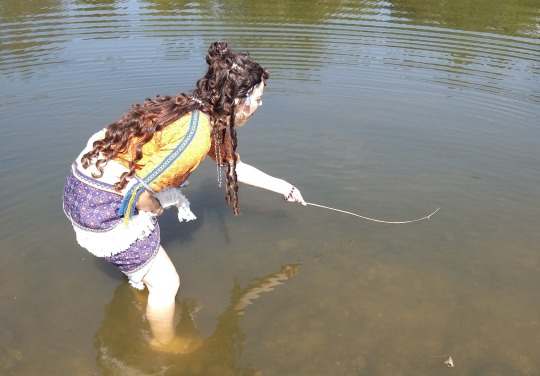
Hot Girl Activities
#minoan crete#minoan#ancient greece#greek mythology#historical costuming#bronze age#my costumes#clothing reconstruction#hot girl summer
5K notes
·
View notes
Text

Natufian scuplture from from around 11,000, credited as the first artwork portraying sex
#natufians were freaky#stone age#copper age#bronze age#neolithic#the stone age#natufian#natufian culture#sculpture#old art#history#historic#prehistoric#palestine#jericho#mesopotamia#archaeology#anthropology
1K notes
·
View notes
Text


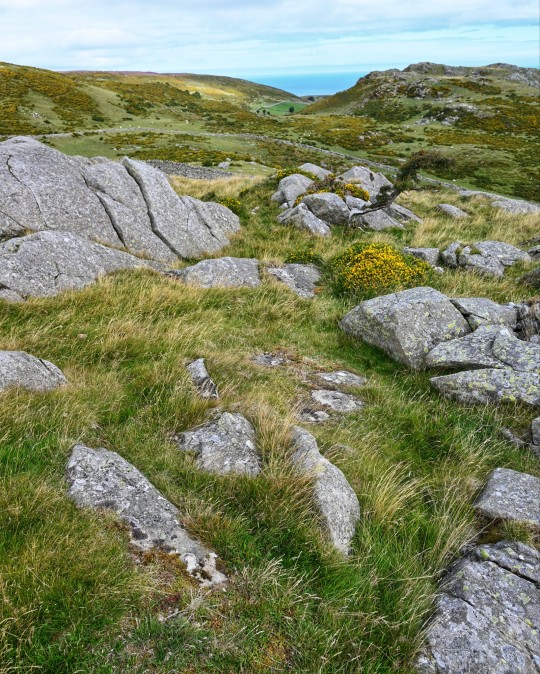
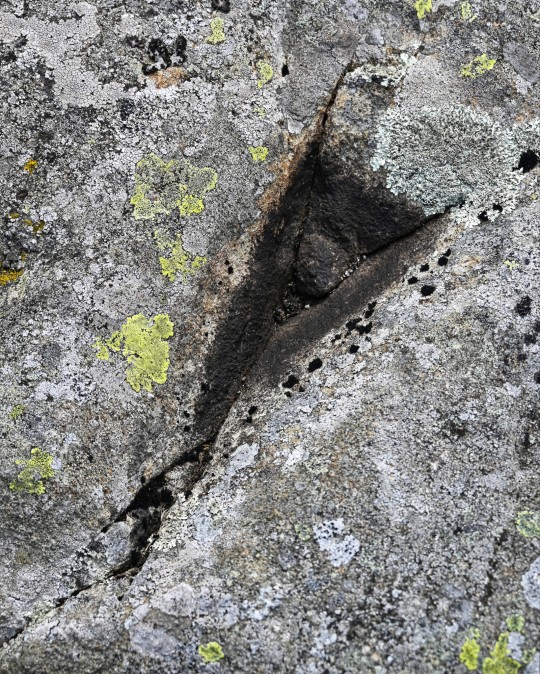
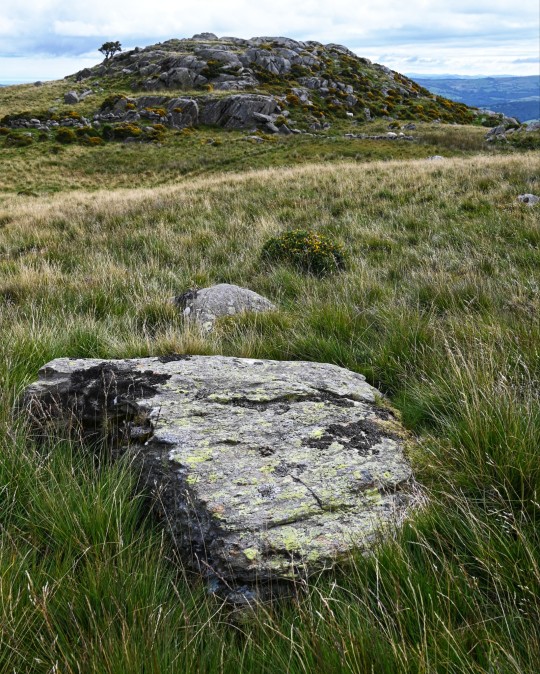
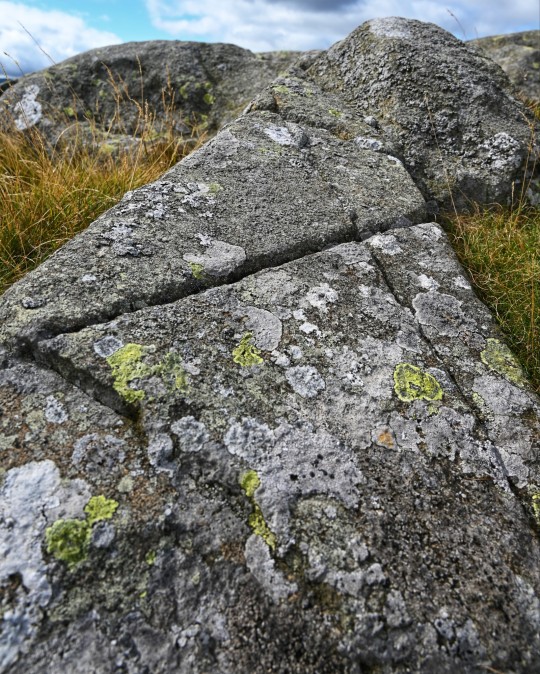

Craig Celynin Ancient Landscape, nr. Rowen, Conwy Valley, Wales
#ice age#stone age#bronze age#copper age#iron age#neolithic#mesolithic#calcholithic#paleolithic#prehistoric#prehistory#landscape#wales#archaeology#geology
4K notes
·
View notes
Text

Minoans!
674 notes
·
View notes
Text
a little traditional doodle of talia!! read a bunch of her 80s stuff so i had to draw her

1K notes
·
View notes
Text

Minoan bull-leaping girls
Art by capelinssm
537 notes
·
View notes